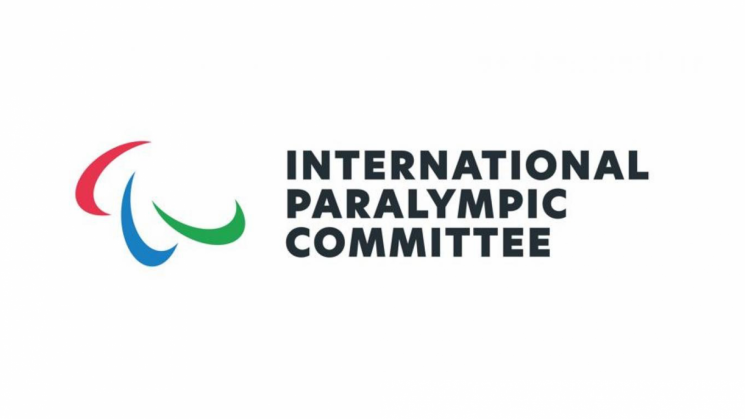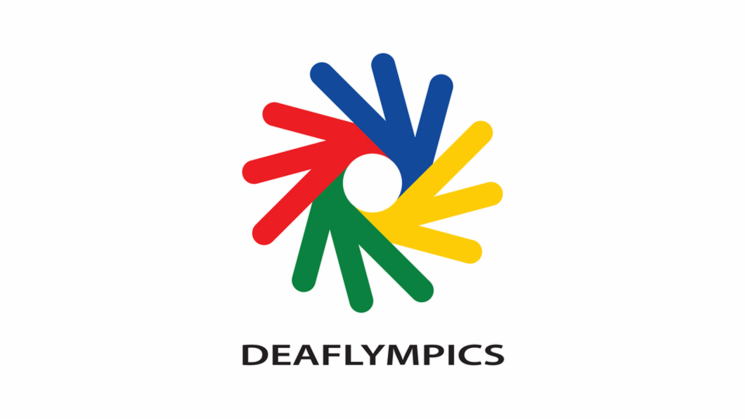Classification & Eligibility
International Paralympic Committee (IPC)
IPC Athlete Classification Code
The IPC Athlete Classification Code is created to support and coordinate the development and implementation of accurate, reliable, consistent, and credible sport-focused classification systems.
2015 Athlete Classification Code provides a framework, which aims to permit the Paralympic Movement - athletes, classifiers, administrators and scientists - to manage the challenges and seize the opportunities to allow the realisation of the vision of the Paralympic Movement for the future.
Compliance with the Code and International Standards is mandatory by all signatories of the Code.

International Committee of Sport for the Deaf (ICSD)
Eligible Impairments
Only deaf and hard of hearing athletes can compete in the Summer/Winter Deaflympics, World Deaf Championships, Regional Championships, and other ICSD-sanctioned competitions.
